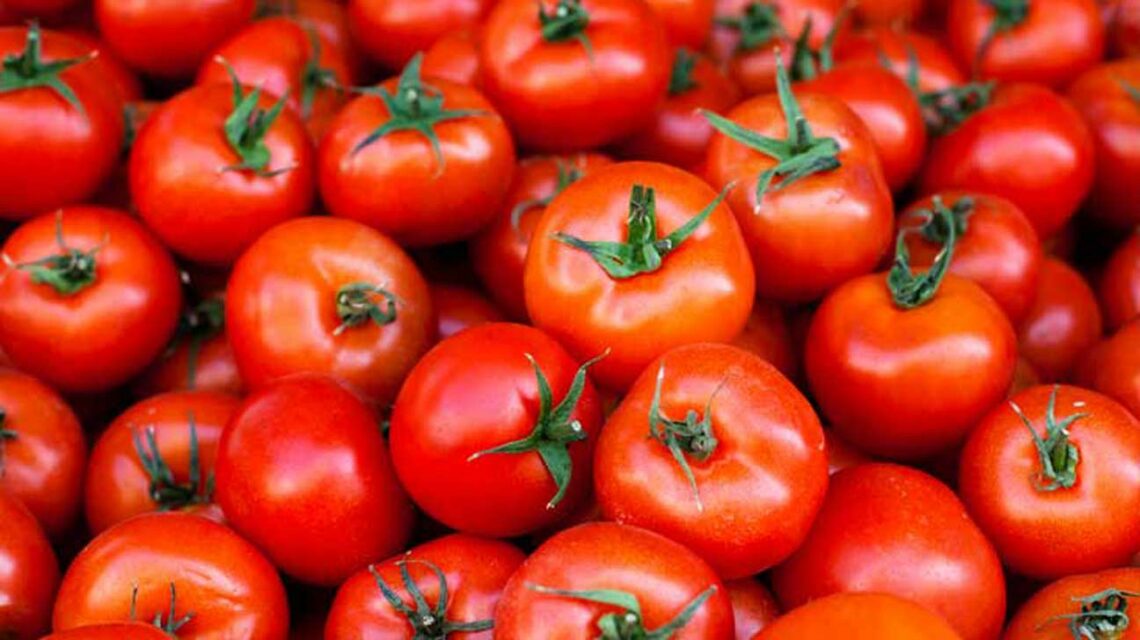Tomato traders in Lagos have attributed the recent spike in tomato prices to supply challenges, poor storage infrastructure, and rising transportation costs.
Speaking with National Economy, traders lamented that the combined effects of insecurity, high fuel prices, and lack of modern storage facilities have disrupted supply chains and reduced profit margins.
A basket of tomatoes now sells for between ₦40,000 and ₦45,000, while a crate costs between ₦20,000 and ₦30,000, depending on size and freshness—almost double the prices recorded during the same period last year.
Usman Abdullahi, a tomato seller at 3rd Avenue, FESTAC Town, said he stopped importing tomatoes from Ghana because the venture had become unprofitable due to multiple checkpoints and unofficial levies along the road.
“Every checkpoint means paying something to the police or customs. By the time the goods arrive, there’s little left for profit,” he said.
Another trader, Saidu Idrisu, who operates near the MRS Filling Station in FESTAC, said the lack of proper storage facilities forces sellers to buy limited quantities.
“If you buy plenty, it will spoil in two or three days. People complain about high prices, but they don’t see what we go through to bring tomatoes to the market,” he said.
Similarly, trader Mohammed Gambari noted that insecurity in parts of the North has made transportation risky. “Drivers are afraid to bring tomatoes down to Lagos. Some trucks get attacked, and the goods are stolen,” he said.
Consumers are also feeling the pinch. Mrs Titi Alabi, a resident of Amuwo-Odofin, said her family has cut down on tomato purchases. “I used to buy a crate every week, but now I can only afford half,” she said, urging government intervention to reduce fuel and transport costs.
Another resident, Mrs Ijeoma Okeke, said she now resorts to alternatives. “It costs too much to make stew, so I’ve switched to simpler meals like concoction rice,” she said.
The traders called for urgent government investment in agricultural logistics and cold storage systems to stabilise supply, reduce post-harvest losses, and make essential produce like tomatoes more affordable for households.





